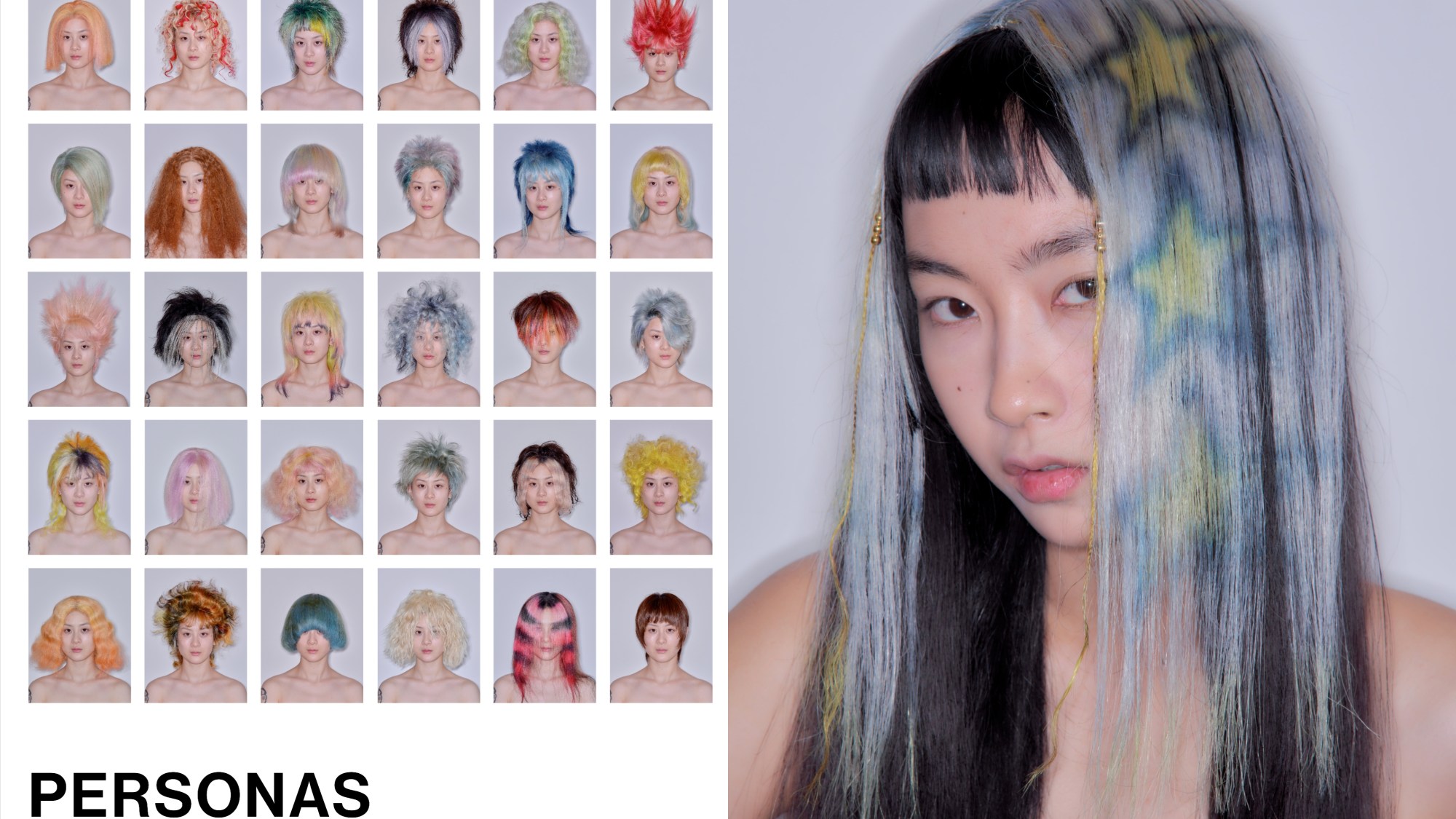This story originally appeared on i-D Japan.
Tomihiro Kono is not afraid of change. Since the early 2000s, he has moved between Osaka, Tokyo, London and New York, firmly establishing himself in the worlds of fashion and beauty. Starting out as a hairdresser, Kono then pivoted to session stylist before embracing a new role as ‘head prop artist’ for designers like Junya Watanabe. It was around 2017 that Kono decided to focus on wig-making — something he had been quietly fascinated by throughout his career. Since then, his colourful wigs (and wig filters) have become popular on Instagram, and recent years have seen him collaborate with everyone from Björk, Karen O and Grimes, to Maison Margiela and as of last month, Marc Jacobs’ Heaven.
Kono was born in 1980, the eldest son of mandarin orange farmers on Japan’s Shikoku island. He was expected to study agriculture and take over the family business, but instead, after graduating from high school, he trained as a hairdresser in Osaka. Not long after, he moved to Tokyo to work in a Harajuku salon. It was the late 90s and an exciting time to be part of a district coming into its own as a hub for youth culture, with the magazine FRUiTS stalking the streets for the best dressed in trendy neighbourhoods like Urahara.
Kono, who had long admired British counterculture, swapped Tokyo for London in 2007 and began working as a session stylist for shoots and shows. He has an impressive history with magazines — including i-D — a realm he infiltrated thanks to a chance encounter at an antiques market in east London. There to exhibit a headpiece he had made from vintage parts sourced at the market, he was spotted by the then-editor of Dazed & Confused. It was a serendipitous day that Kono will never forget, partly because Jónsi — frontman of Icelandic post-rock band Sigur Rós — also approached him at the market to ask if he could borrow a headpiece for the launch event of his solo album, Riceboy Sleeps. “It took place just a few days later and they used my design,” Kono recalls. “And then Dazed featured it in an article.”
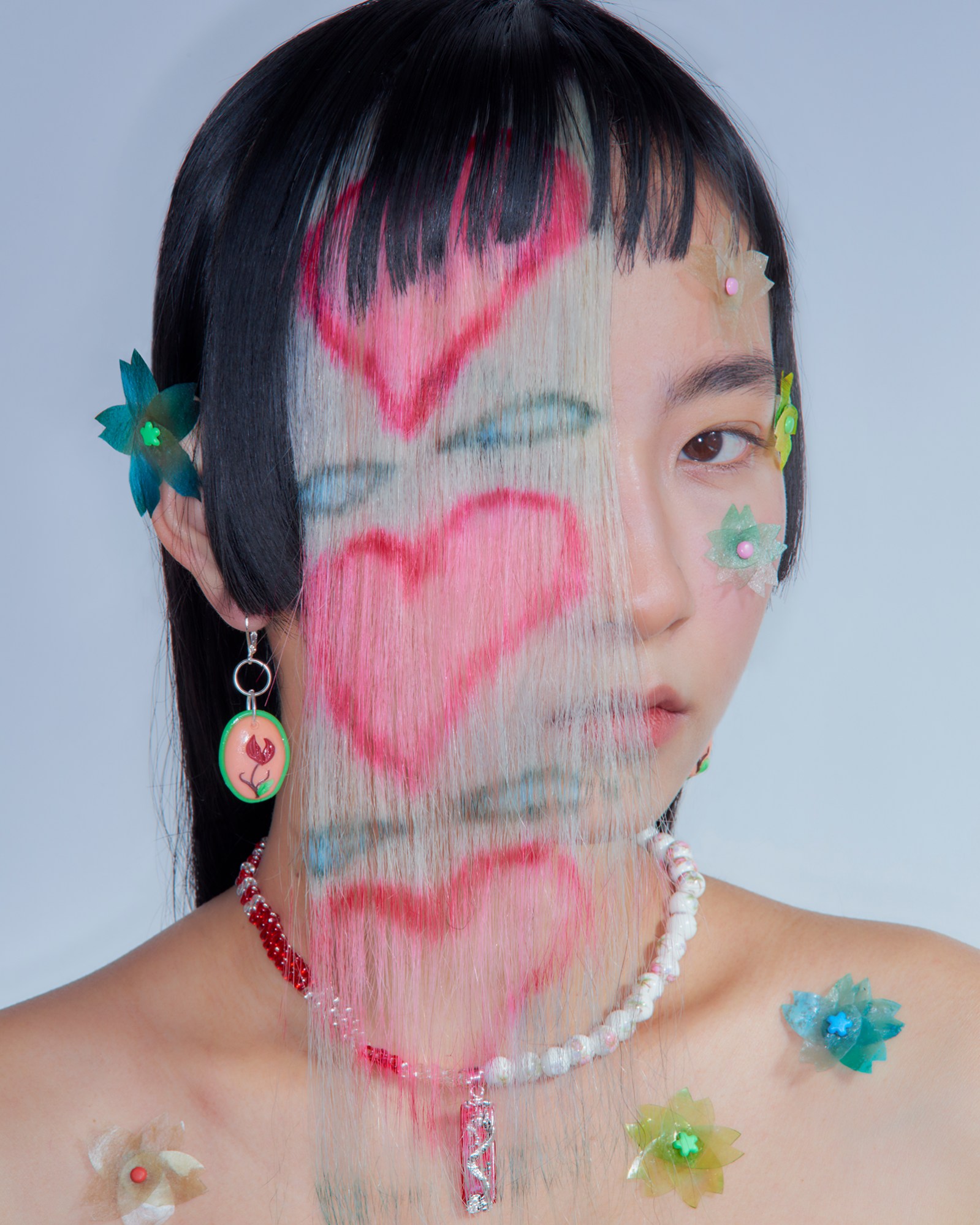
Fast forward to 2013 and Kono relocated to New York, where he took another big leap forward, finding himself working on magazine covers and adverts with photographers like Peter Lindbergh, Mert & Marcus, and Albert Watson. It was around the same time that he met Junya. Kono’s career was enviable but he recalls feeling a vague sense of frustration about his ambitions as an artist. “The fashion industry is a world where young creators appear one after another, and a generational shift is constantly taking place,” he says. “I felt a kind of doubt about the fact that I was getting older and older and had to keep up with it all the time.”
Reflecting on that period in New York, Kono recalls that, “I tended to base things on who I worked with, rather than the work itself. In the fashion industry, since the 2000s, the mainstream trends have been to express a natural, not contrived, look.” As such, he says, there were a lot of shoots where there was almost no need to do anything with the hair — something at odds with his love of giving subjects a major makeover.
Kono swiftly began to search for a new form of creative expression in wig-making. In 2020, during a harsh New York lockdown, he published a collection of 111 wigs he had made in a book entitled PERSONAS 111, in reference to how just one model wears all 111 of his creations. “Transformation is beautiful,” the tagline states.
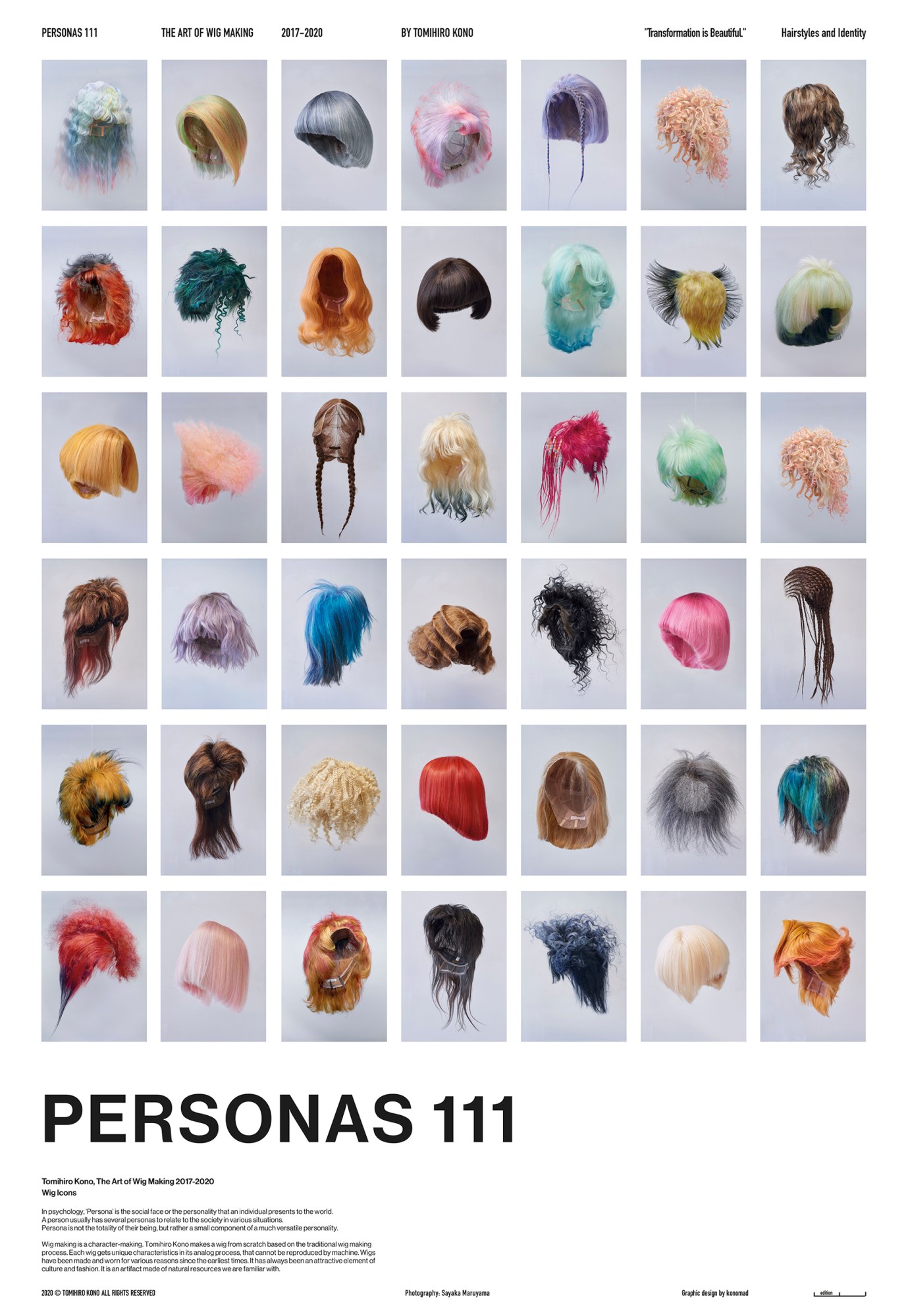
As he posted these looks online, a steady stream of messages from people wanting to buy his work rolled in. With such popularity, a challenge arose with figuring out an appropriate price point. “A full, handmade wig is like haute couture clothing,” he says of the time, effort and precise skill that goes into them. Keen to make something more accessible, Kono dreamt up his Fancy Wig collection as a relatively affordable, detachable hairpiece that can be clipped in to natural hair as an accessory. “Even if you can’t wear this wig at work or school, you can easily attach it on your way home,” he says. “Just a bunch of bright hair colour around the face can make a considerable difference to a person’s mindset.”
Kono likens this range to “Comme des Garçon’s Play… or Marc Jacobs’ Heaven” — the latter of whom he has now collaborated on a series of monogrammed MJ Fancy Wigs — adding that nothing inspires him more than seeing people walk down the street wearing his creations. After all, as he explains: “When I look back, street culture is my starting point. But when I was doing magazines and shows, I didn’t really understand it. Maybe it was because I was conceited, thinking that I was making art. Now that I’ve made Fancy, I feel like I’m finally back in touch with the streets.”
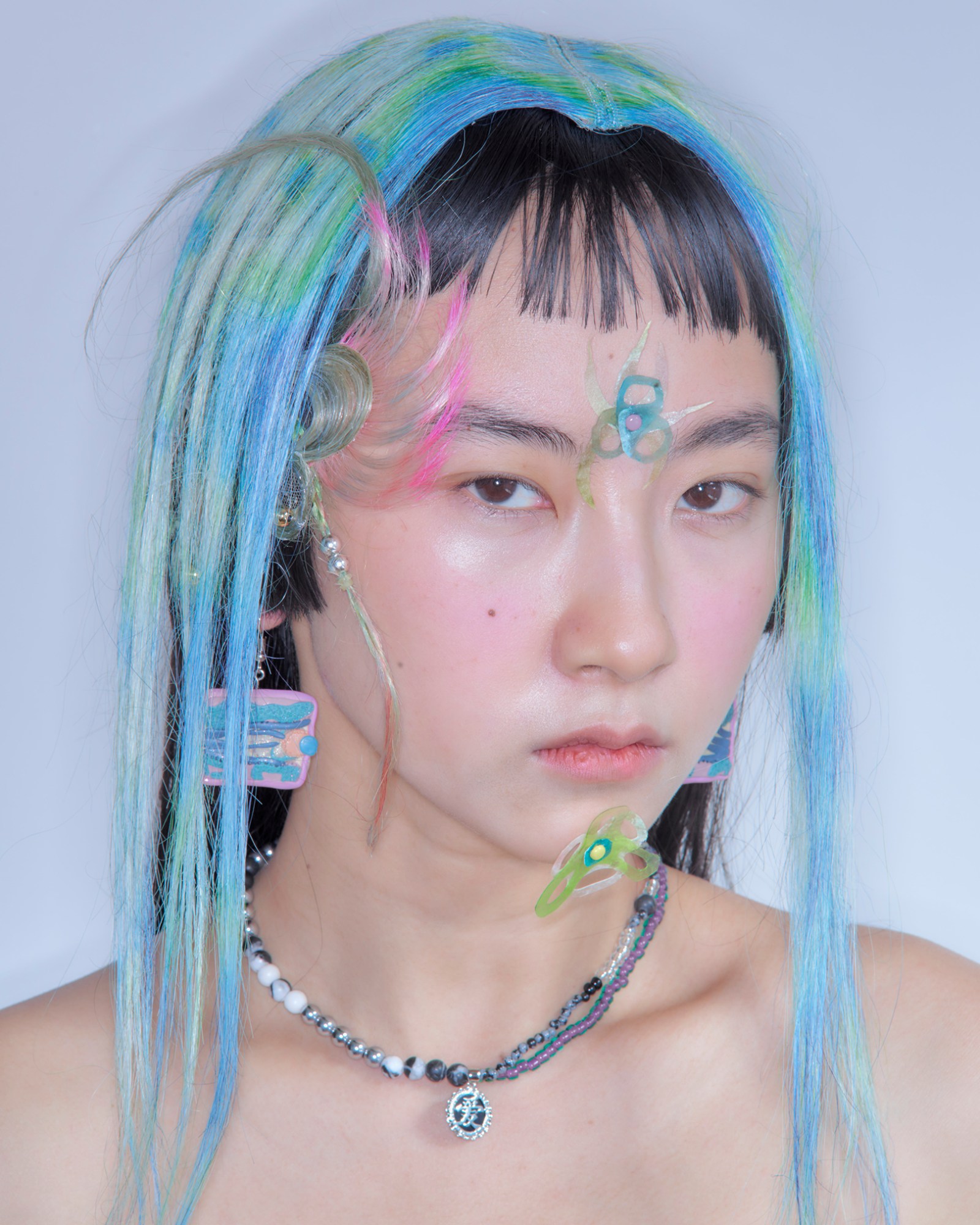
These days, Kono is based in Tokyo. “I work remotely with overseas clients and make custom-made wigs for musicians, while creating new works in my atelier,” he says. He also works on shows for up-and-coming fashion brands from around the world, such as Shanghai-based Yueqi Qi and New York’s Collina Strada. Not only that, but at the end of 2021, he made a special visit to Iceland to shoot the cover for Björk‘s yet-unnamed forthcoming album.
In case you haven’t already picked up on this, Kono is multi-talented. As well as working as a wig artist, he also curates art, casts projects and is the co-founder of konomad — an open studio and community space — with his partner, photographer Sayaka Maruyama. In January this year, konomad presented a joint exhibition, Drama of the Natural World, featuring works by a variety of young creators working with nature as a theme. The company is also making efforts to build a community of creatives in Japan, hosting the likes of Masami Hosono, who runs the hair salon Vacancy Project in New York, in a series of offline talks.
When asked about his future plans, Kono replies that he’s “still searching”. Then, after a moment of reflection, he notes: “But it’s precisely because I don’t have a firm vision that I’m now able to experiment. Ultimately though, I’d like to create a community hair salon where people can buy Fancy Wigs, and where likeminded hairdressers can dream up ideas, collaborate and have fun.”
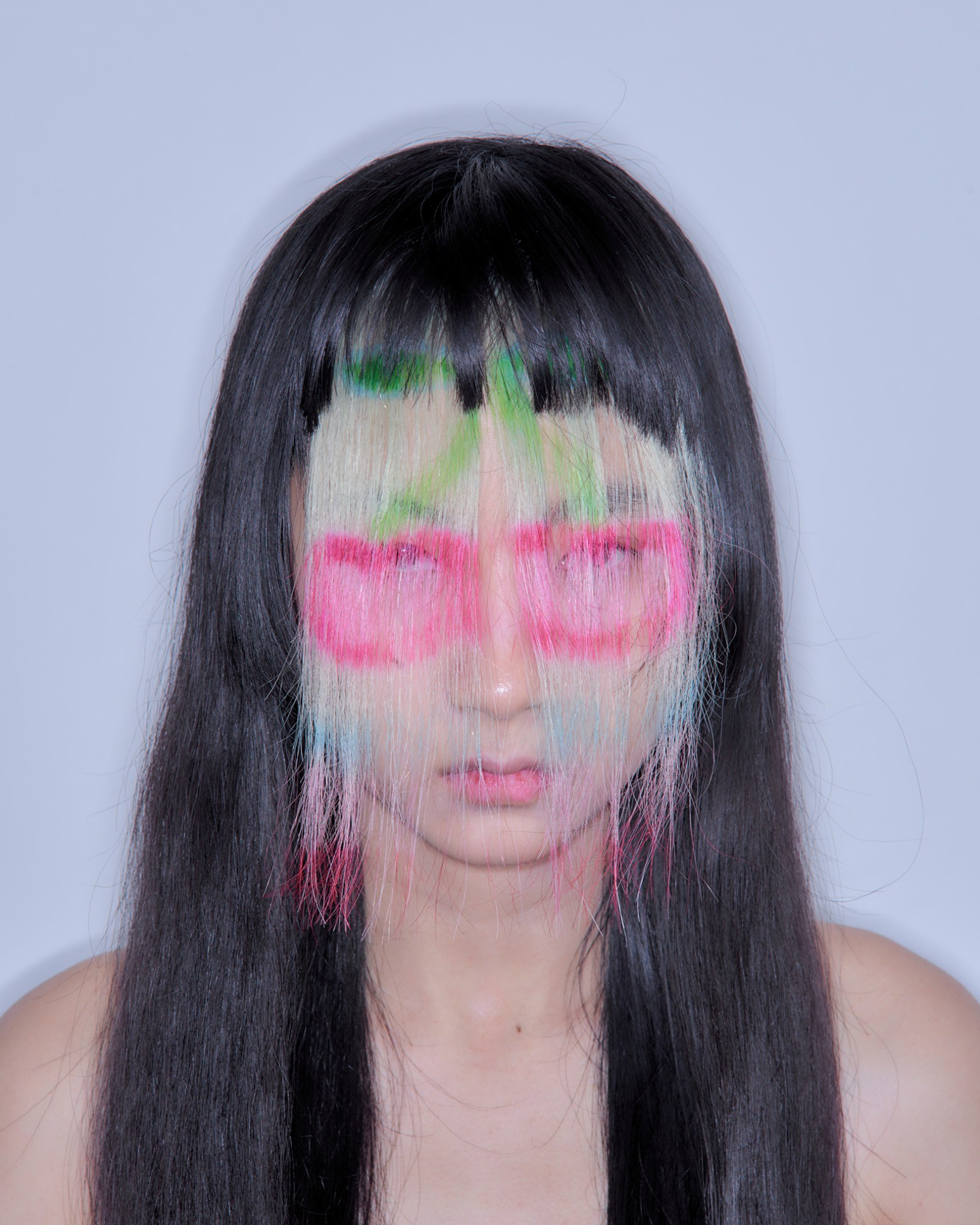
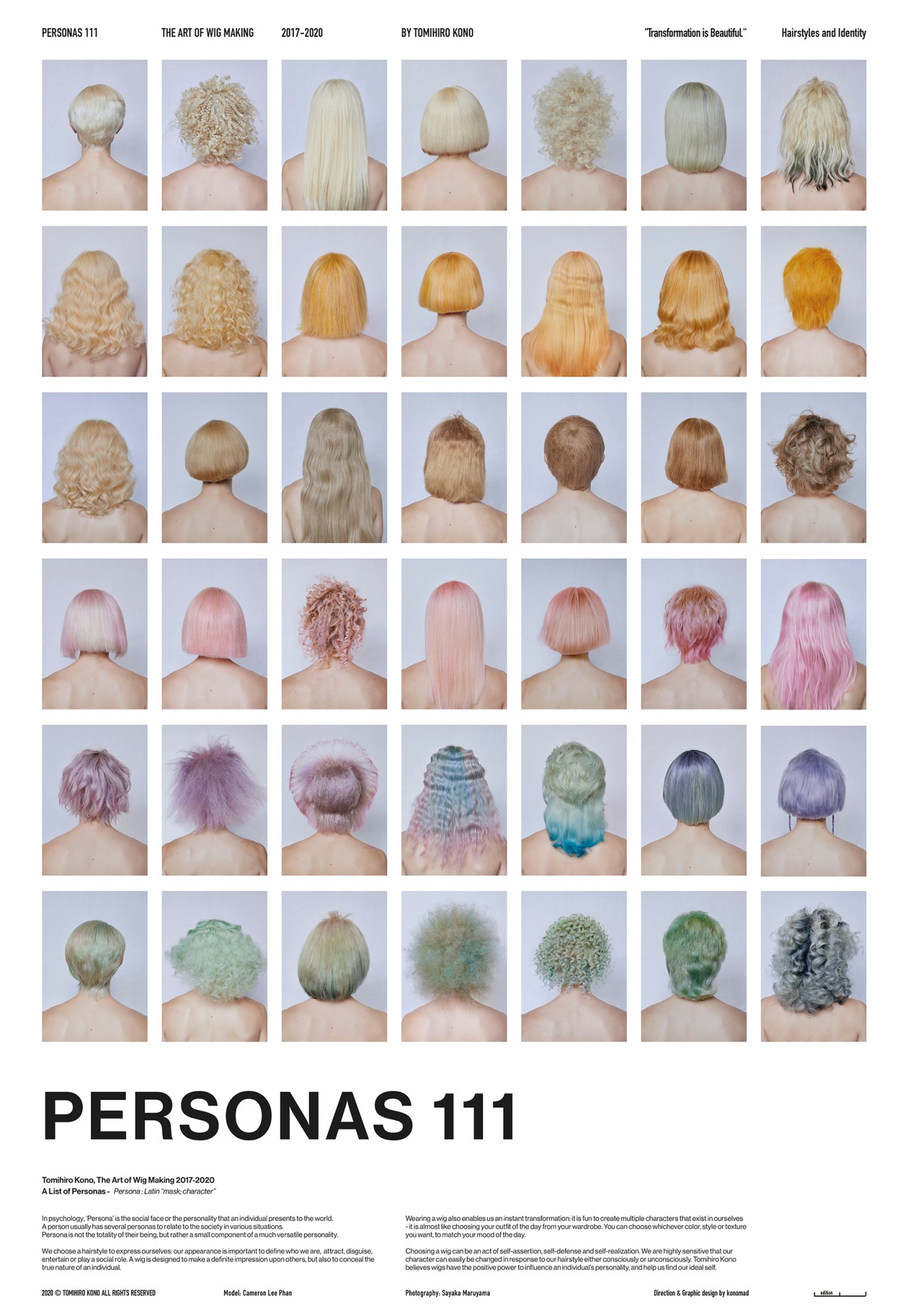
Credits
All images courtesy of Tomihiro Kono
